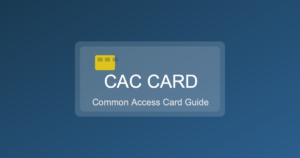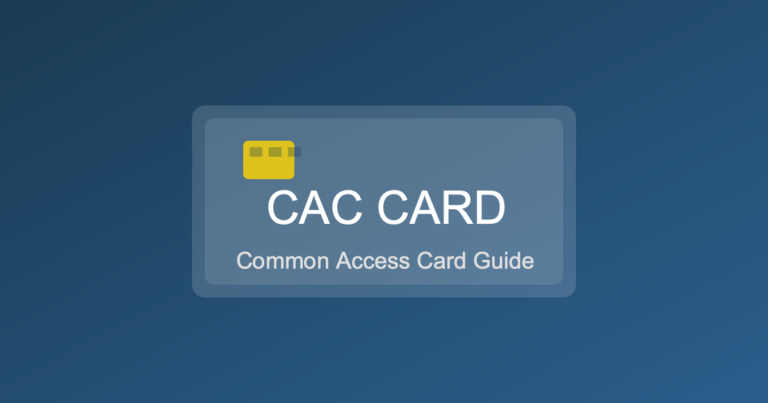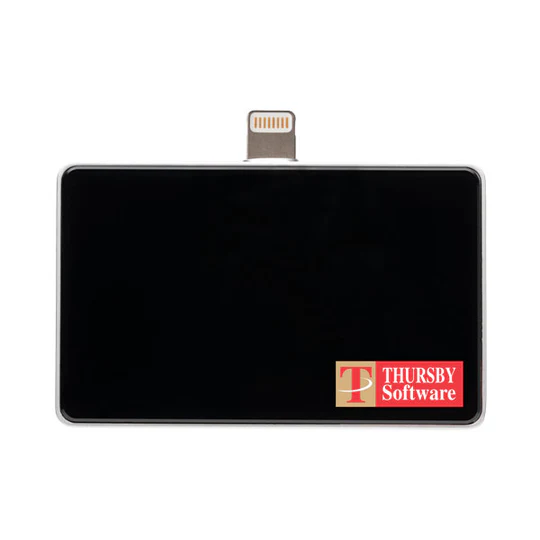Understanding the DoD CAC Chip Technology
The Department of Defense (DoD) Common Access Card (CAC) is a critical tool for security and identity verification. It acts as a smart card issued to active duty military personnel, civilians in the Department of Defense, and eligible contractors. The CAC chip technology integrates multiple functions, providing a secure means of access to DoD computer systems and facilities.
Overview of CAC Card Technology
The CAC uses smart card technology, employing an embedded microchip to store and process data. A typical smart card is about the size of a credit card. The microchip within the CAC contains encryption keys, certificates, and other related data. This chip can process information, interact with readers, and authenticate users for both physical and logical access.
Key Features of the CAC Chip
- Microprocessor: The CAC includes a microprocessor which allows for complex functions such as encryption and decryption of data.
- Cryptographic Functions: The card supports Public Key Infrastructure (PKI) operations. This enables digital signatures and secure email communications.
- Data Storage: It contains memory for storing personal information, service details, and access credentials.
- Security Protocols: It uses multifactor authentication (MFA) combining something you have (the card) with something you know (a PIN) or something you are (biometric data).
Applications and Uses
The CAC serves several major functions. Its primary role is to facilitate secure access to computer networks. This is crucial in protecting sensitive information from unauthorized access. CACs also grant physical access to secure buildings and areas within military installations. Access permissions differ based on the individual’s role and security clearance level.
Digital Signature and Email Encryption
One of the CAC’s significant functions is digital signing and email encryption. When sending secure emails, users can digitally sign and encrypt their messages using their CAC. This ensures the message authenticity and confidentiality, preventing unauthorized access and tampering. The embedded PKI certificates play a vital role in these operations.
Authentication Mechanisms
The CAC employs several authentication mechanisms. The most common method combines the card with a personal identification number (PIN). This method is often used for login purposes. In more secure environments, biometric data such as fingerprints might be used alongside the card and PIN. This multifactor authentication reduces the risk of unauthorized access and strengthens overall security.
Issuance and Management
Issuing a CAC involves a thorough vetting process, including a background check. The issuance process is managed by the Defense Manpower Data Center (DMDC). Once issued, the CAC holder is responsible for maintaining the card securely. In case of loss or damage, immediate reporting to the appropriate authority is mandatory to prevent unauthorized use.
Challenges and Limitations
Despite its advantages, the CAC system faces challenges. One of the primary issues is ensuring the compatibility of CAC readers across various systems and environments. With evolving technology standards, maintaining up-to-date infrastructure can be demanding. Additionally, the initial setup and integration of CAC systems require significant resources and training for users.
Future Developments
Advancements in smart card technology continue to evolve. Future developments may see the CAC incorporating more sophisticated biometric features or integrating with mobile devices. Efforts are also underway to enhance the card’s durability and data protection mechanisms. Researchers focus on making the technology more user-friendly while maintaining high levels of security.
The Role of PKI in CAC Technology
The Public Key Infrastructure (PKI) is integral to CAC functionality. PKI involves a system of digital certificates, certificate authorities, and other registration authorities that verify and authenticate the validity of each party involved in an online transaction. It ensures that the information exchanged is protected and the identities of the users are verified.
- Certificate Authorities (CAs): Entities that issue digital certificates.
- Registration Authorities (RAs): Entities that verify user identities before a CA issues certificates.
- Digital Certificates: Electronic documents used to prove ownership of a public key.
Security Protocols and Standards
The CAC technology adheres to several international security standards. Standards such as ISO/IEC 7816 for smart cards and FIPS 140-2 for cryptographic modules ensure the robustness and reliability of the technology. Compliance with these standards is vital for maintaining the integrity and trustworthiness of the system.
Access Control and User Management
Effective access control depends on well-defined user management policies. This involves setting access permissions based on roles and responsibilities. Regular audits and updates to access control lists ensure that only authorized personnel have the necessary access. The integration of CAC into these systems facilitates streamlined and secure user authentication and management.
Global Implications of CAC Technology
The technology and principles behind the CAC have implications beyond the DoD. Governments and organizations worldwide have explored similar smart card systems for their security infrastructure. The success of the CAC provides a model for secure identity verification and access control in various sectors, from healthcare to corporate environments.
Ensuring Compliance and Best Practices
Adhering to best practices is essential for the effectiveness of the CAC system. This includes regular software updates, training users on security protocols, and ensuring physical security of the cards themselves. Continuous monitoring and improvement based on evolving threats and standards are necessary to maintain robust security and functionality.
Conclusion
Understanding the CAC chip technology provides insight into how modern security systems function. From secure access control to digital signing, the CAC is a cornerstone of DoD’s security apparatus. Continuous advancements in technology promise further enhancements in the capabilities and security of smart card systems.
“`










